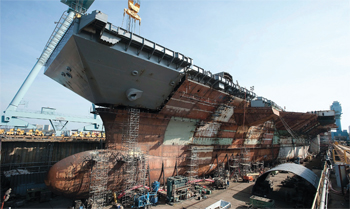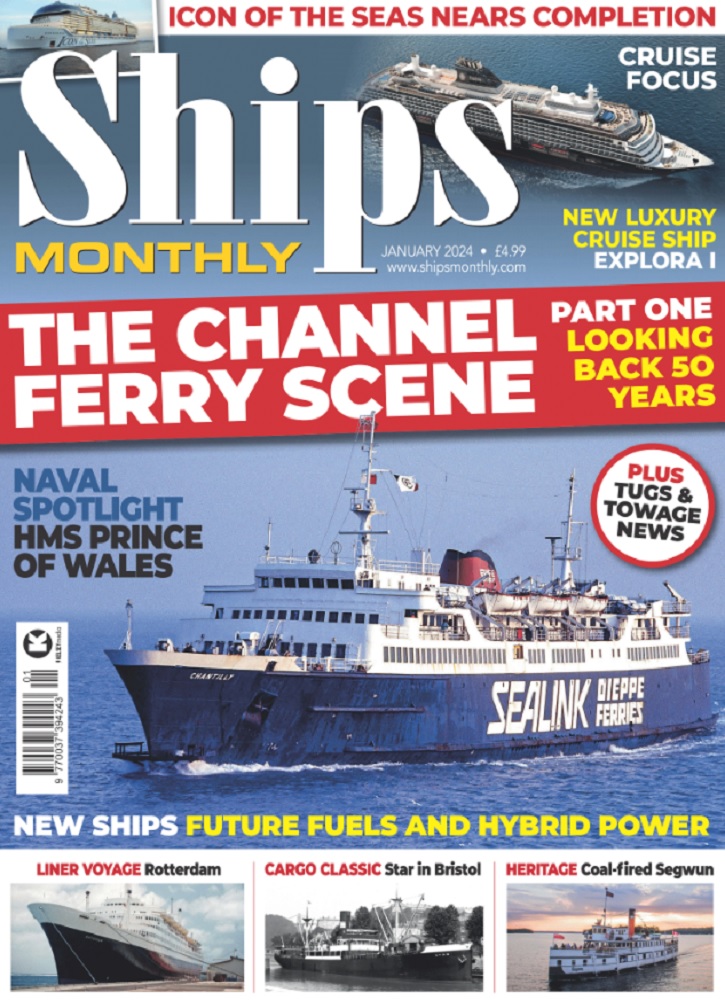Progress on what will become the most expensive ship ever built has reached 96 per cent structural completion with the addition of the last flight deck module. The upper bow section of the future USS Gerald R. Ford was added at the Newport News shipyard on 9 April, thus extending the overall length of the carrier to its full 337m, the equivalent of a 75-storey building lying on its side. The unit is the 475th module of the 496 which will be used to build the carrier. It is also the 160th super-lift, using the shipyard’s 1,050-tonne gantry crane, of the 162 which are scheduled.
The first-of-class of the US Navy’s next generation of nuclear-powered aircraft carriers is expected to cost around US$14 billion. Much of this is down to research and development costs for a new design of power plant and electromagnetic catapults. However, these, along with a redesigned island, improved weapons movement and an enhanced flight deck capable of increased aircraft sortie rates, are anticipated to reduce whole-life costs of each ship by US$4 billion compared to a Nimitz class aircraft carrier.


